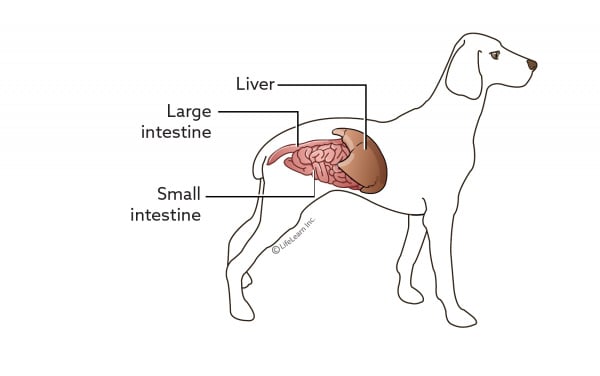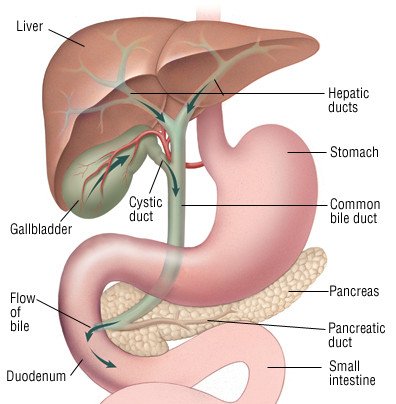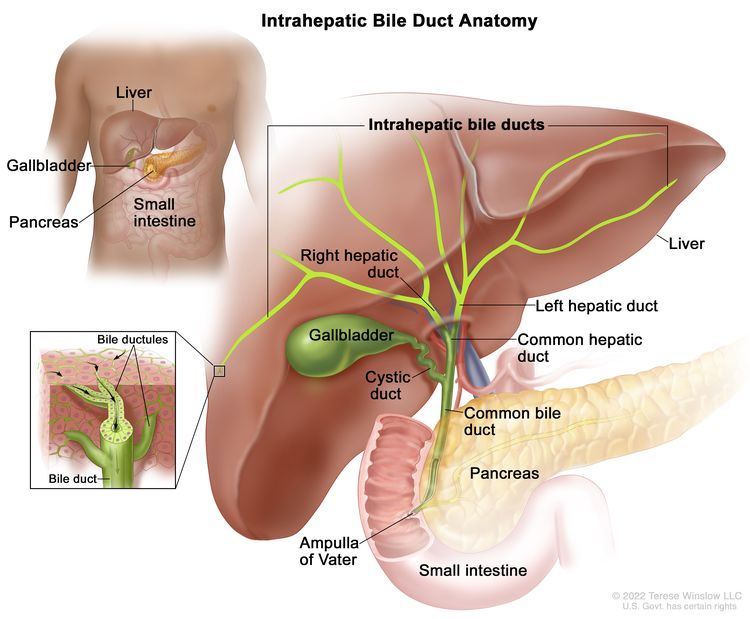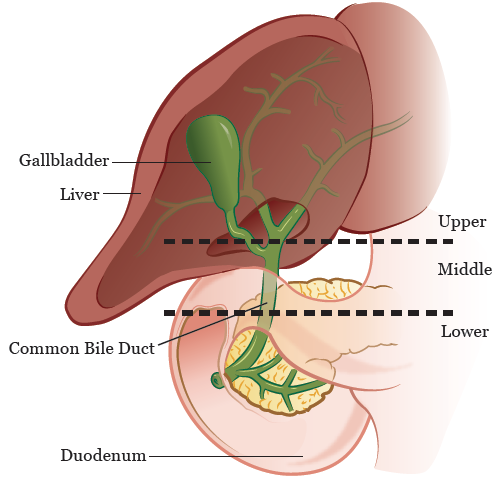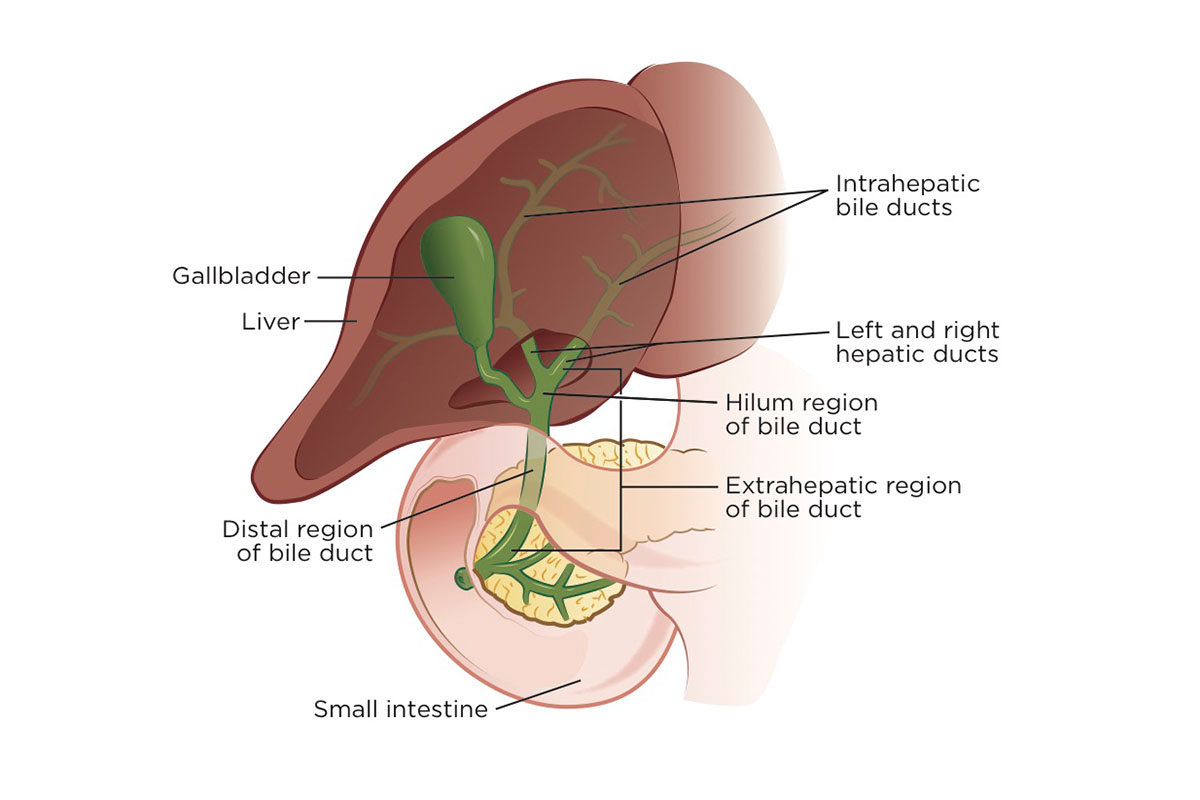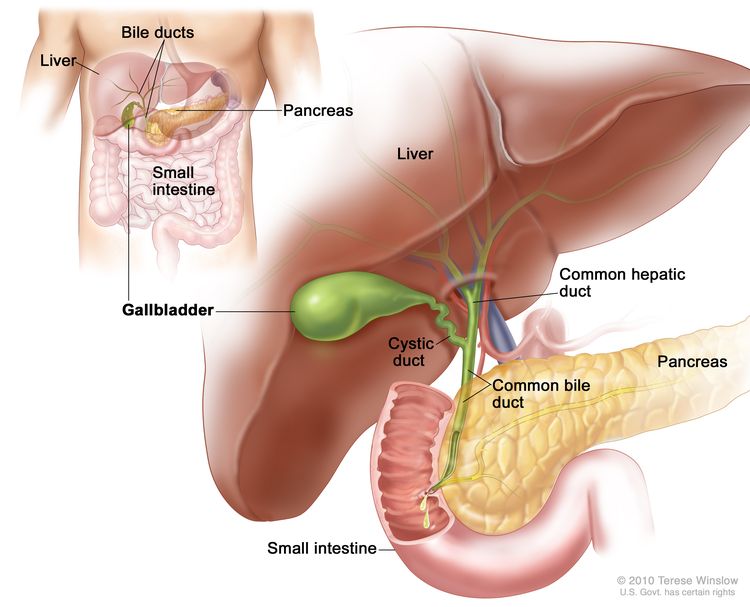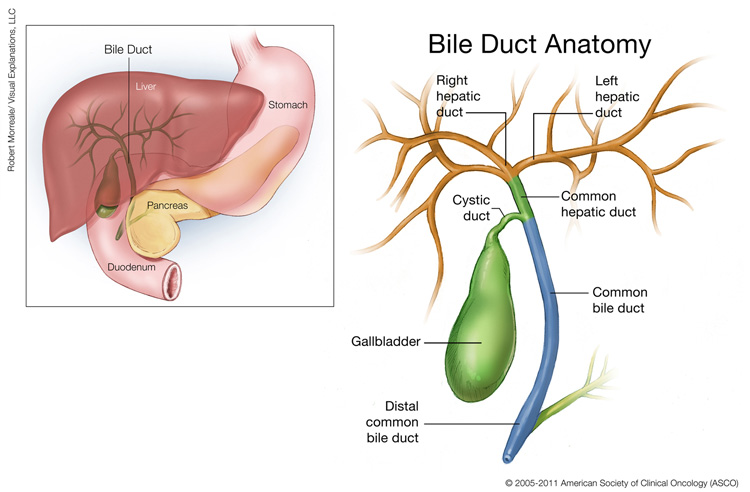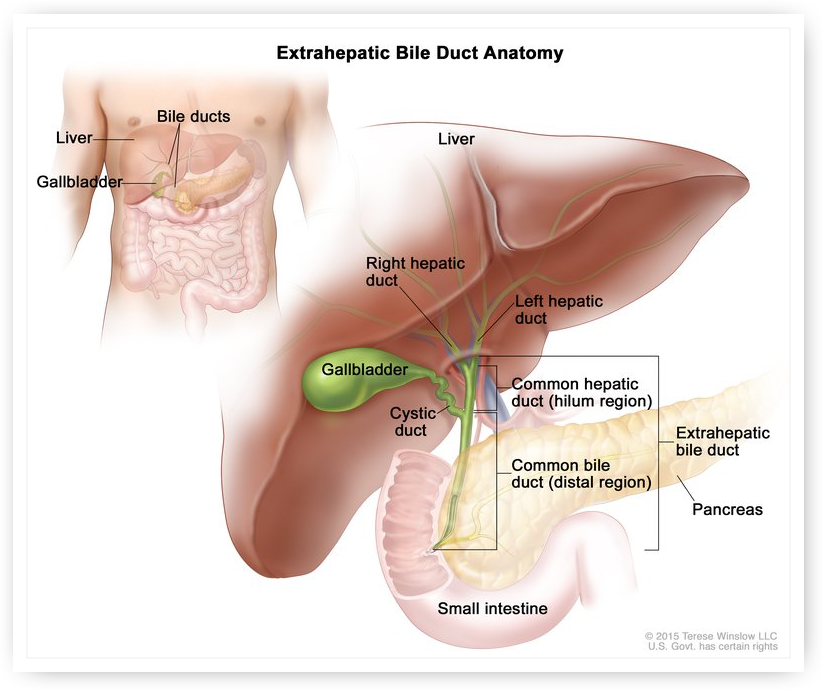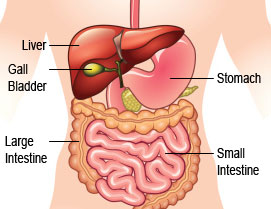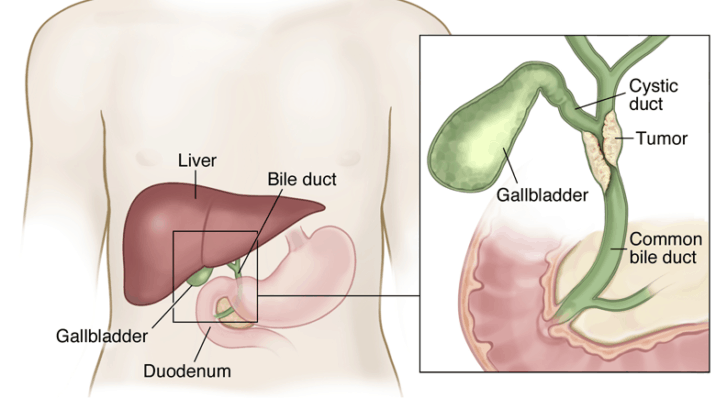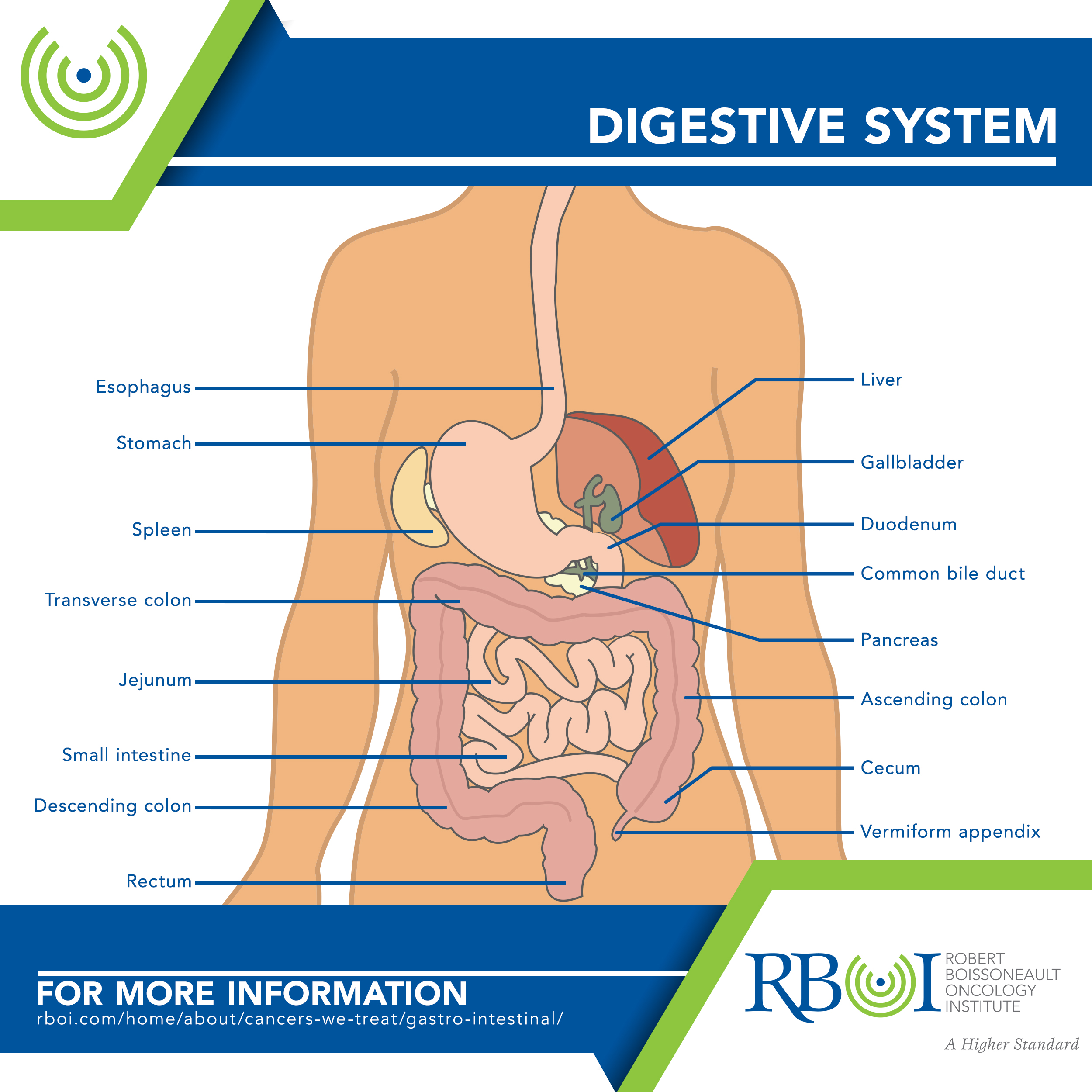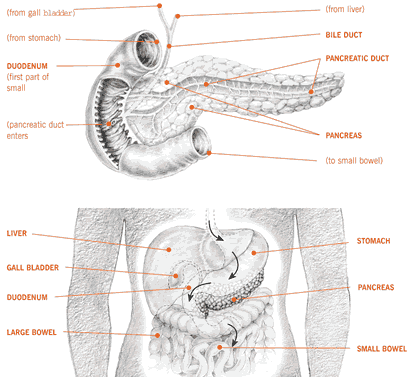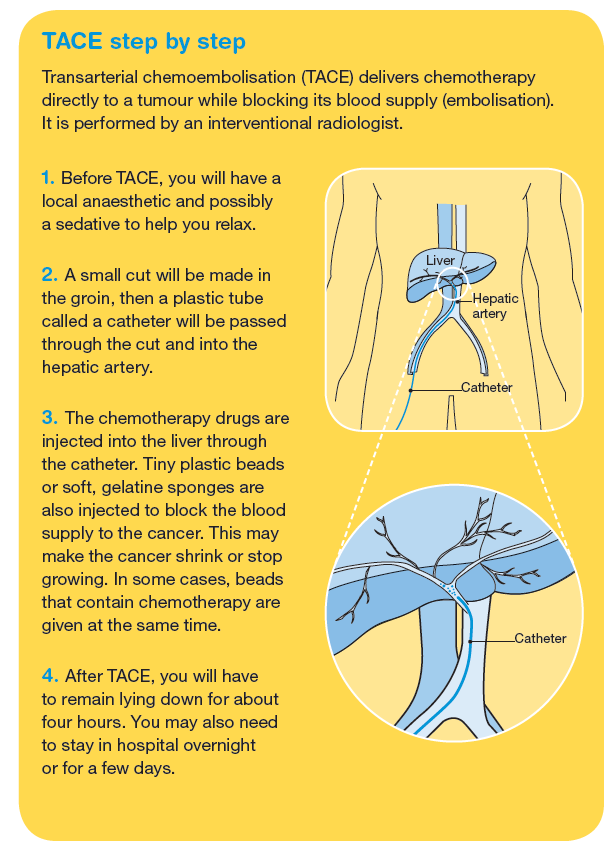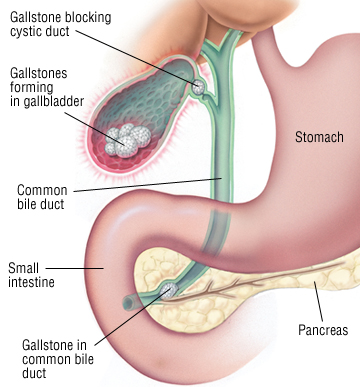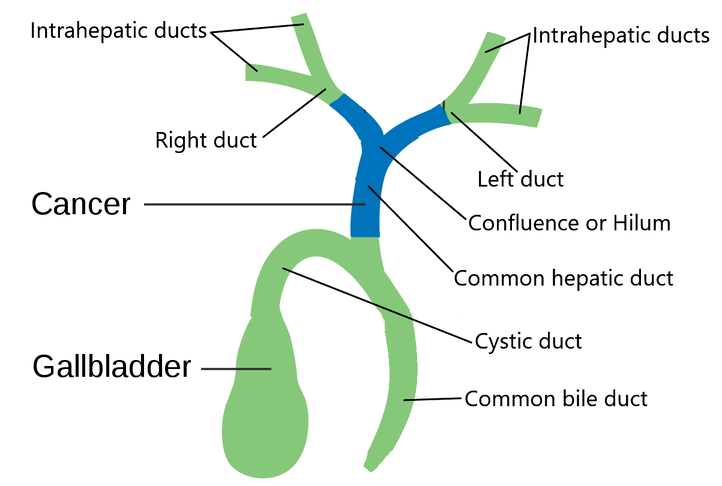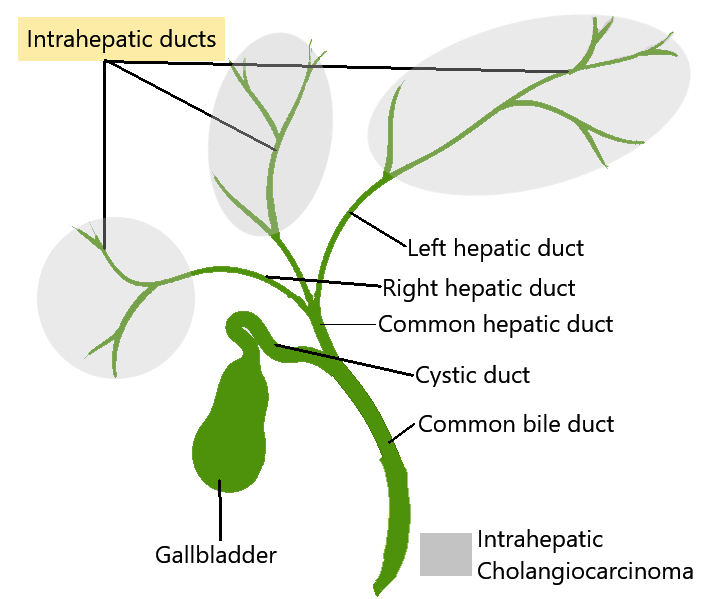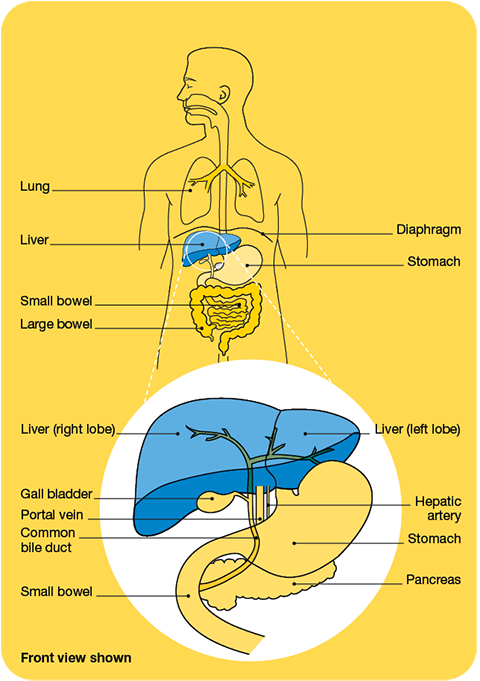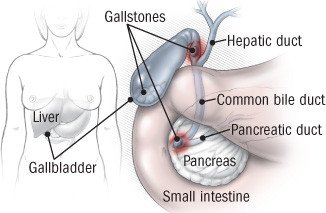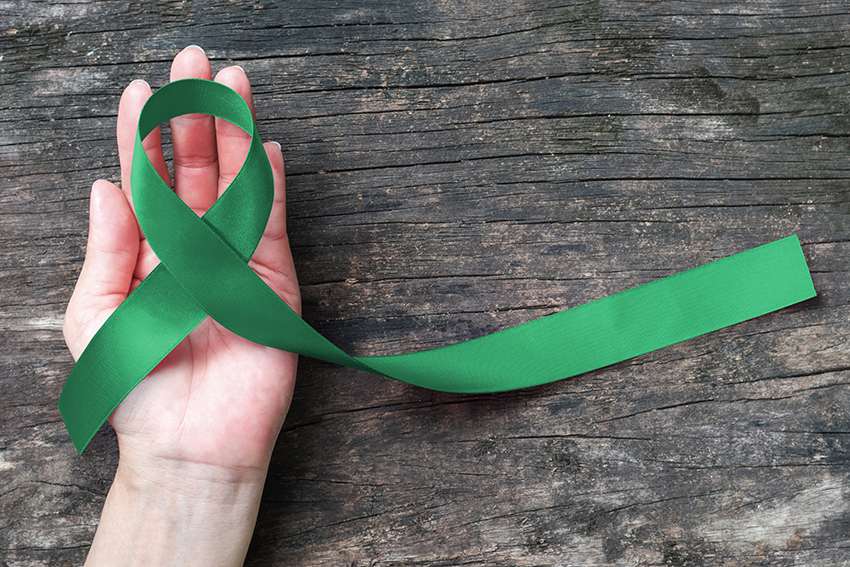When to contact a medical professional see your doctor if you notice a change in the color of your urine and stools or you develop jaundice.
Blocked bile duct due to liver cancer.
Pancreatic cancers can cause a bile duct obstruction if the tumor enters.
This is especially true in patients with primary sclerosing cholangitis.
Having colitis or certain liver diseases can increase the risk of bile duct cancer.
This causes jaundice which can have the following effects.
A blocked bile duct.
Bile ducts connect your liver to your gallbladder and to your small intestine.
Doctors use stents to open up a blockage caused by the cancer.
When the bile ducts become blocked bile builds up in the liver and jaundice yellow color of the skin develops due to the increasing level of bilirubin in the blood.
This helps to relieve symptoms caused by the blockage.
Tests that examine the bile ducts and nearby organs are used to diagnose and stage bile duct cancer.
Obstruction of the bile duct can lead to infection of the bile drainage system or cholangitis.
Cirrhosis may develop in bile duct cancer.
Advanced bile duct cancer cholangiocarcinoma can block the bile duct.
Signs of bile duct cancer include jaundice and pain in the abdomen.
Cholangiocarcinoma is cancer that forms in the slender tubes bile ducts that carry the digestive fluid bile.
Bile duct cancer refers to all cancers that develop within the biliary system.
This condition also known as bile duct cancer is an uncommon form of cancer that occurs mostly in people older than age 50 though it can occur at any age.
This may be due to the tumor obstructing the bile duct and causing liver cell destruction and scarring.
Normally bile is made by the liver and released into the intestine.
When bile duct cancer does cause symptoms it s usually because a bile duct is blocked.
A stent is a small flexible plastic or metal tube.
